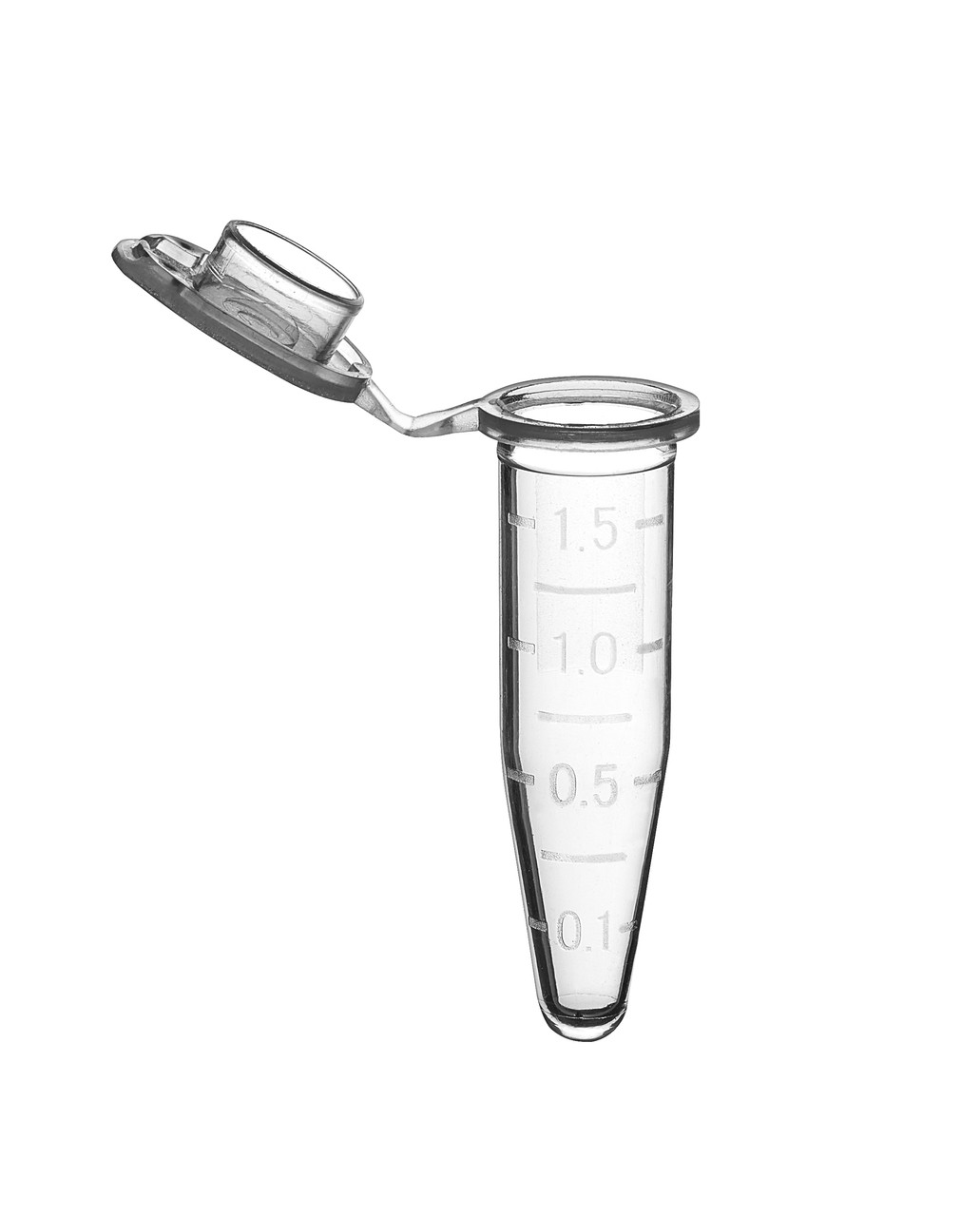Conical centrifuge tubes are laboratory tubes
with a cone shaped bottom for compacting sediment or concentrating reagents
using a centrifuge.
Conical centrifuge tubes can be as small as 0.2mL, like PCR tubes and PCR strip tubes, or as large as 500mL centrifuge tubes.

Whether the laboratory is engaged in research and development, patient diagnostics, long term patient sample storage, or manufacturing, conical centrifuge tubes will be used at some point in the workflow.
There are many terms associated with conical tubes, but they are not always well understood or used correctly.
These are the four most common questions asked by conical centrifuge tubes customers and the conversations they lead to.
Are your conical centrifuge tubes lo-bind (also called low retention)?
Conical centrifuge tubes made from polypropylene are always naturally low binding and release liquids exceptionally well.
Even when performing highly precise qPCR assays, PCR tubes or PCR plates do not need any special coating to deliver excellent results.
Lo-bind micro tubes are treated with an inert surface agent that makes the walls especially slippery. They are preferred when working with sticky proteins that tend to cling to the tube walls and are difficult to extract completely.
Tubes with a low-bind coating tend to be sized 0.5mL up to 5mL. 15mL and 50mL conical tubes are typically used for storing much larger volumes and as such, are not made with a lo-binding option.
Are your microcentrifuge tubes 1.5mL or 1.7mL tubes?
When speaking about any container used to store liquids, two volumes are given: Working volume and maximum volume.
1.5mL microcentrifuge tubes are sized to hold a maximum volume of 1.7mL, however the graduation lines that help identify the volume inside the tube usually extend up to 1.5mL.

Graduation lines on 2mL, 4mL and 5mL cryovials also mark off working volumes of 1.8mL, 3.6mL and 4.5mL rather than total capacity.
This is also observed with many 15mL and 50mL tubes whose graduation lines stop just short of the full volume even though they clearly have additional space.
Because these tubes are spun at high speeds and frozen for long periods of time, not filling them beyond the working volume provides a buffer to prevent leakage and cracking due to expansion.
Are your PCR tubes sterile?
Laboratory plastics that come into direct contact with cells and human tissue require sterility, but not when used with derived genetic materials.
Cell culture flasks, cell culture plates and even 15mL and 50mL tubes need to be sterile.
PCR tubes and PCR plates, on the other hand, must be free of any nucleic acid inhibitors as well as any other substance that might interfere with replication or degrade the quality of the sample.
PCR tubes and PCR plates need to be independently certified to be free of RNase, DNase and human pyrogen free.
They do not need to be sterile.
Because PCR tubes and PCR plates are made from polypropylene, they can be sterilized using an autoclave at 121C for 15 min or with an electron beam (but who has one of those in their lab?)
Can I reuse your tubes by autoclaving them?
Polypropylene tubes can always be autoclaved. The question is whether the tube caps can be autoclaved as well.
Polypropylene tubes with an attached snap cap can be fully restored by autoclaving. Depending on the durability of the tether that attaches the cap to the tube, they may not survive multiple trips to the autoclave.
Polypropylene tubes with screw-cap enclosures however, only the tube can be autoclaved. The caps are made from softer HDPE which cannot withstand the autoclaving cycle.
HDPE can be sterilized using bleach, but it cannot be subjected to high temperatures without warping.


